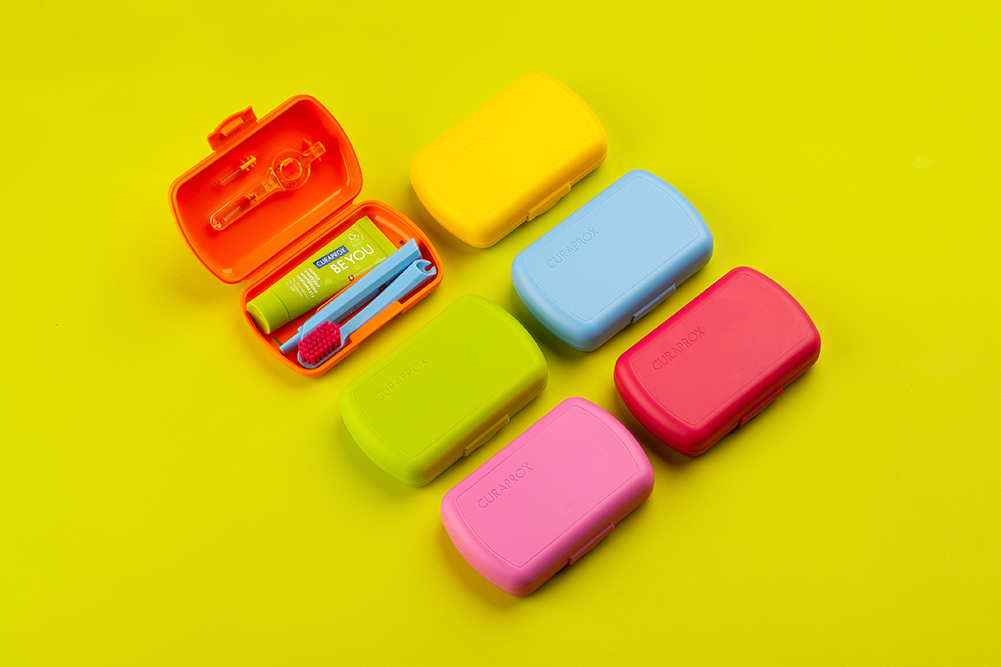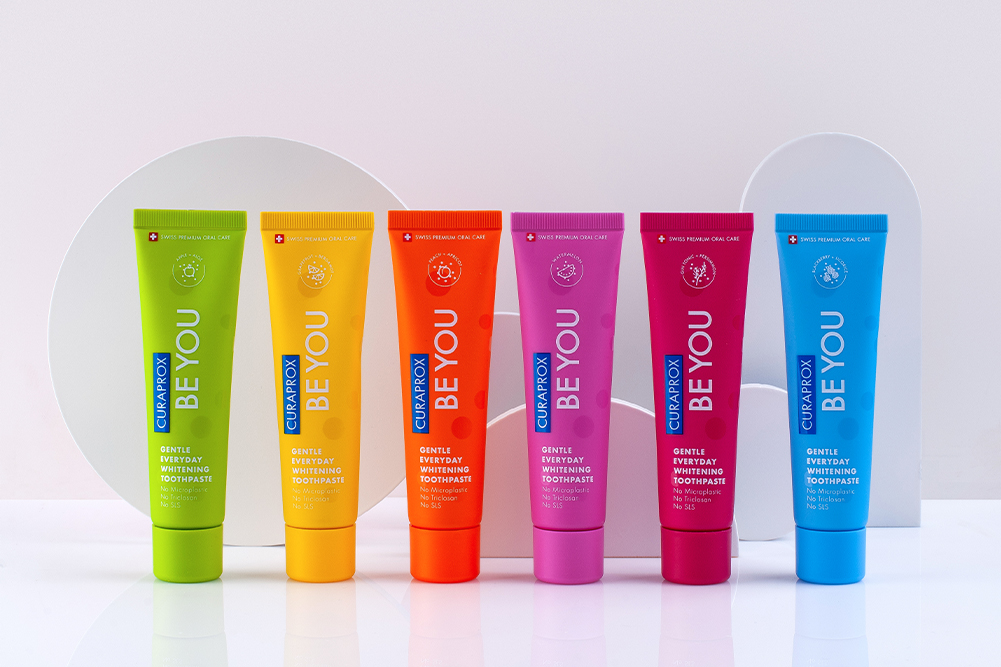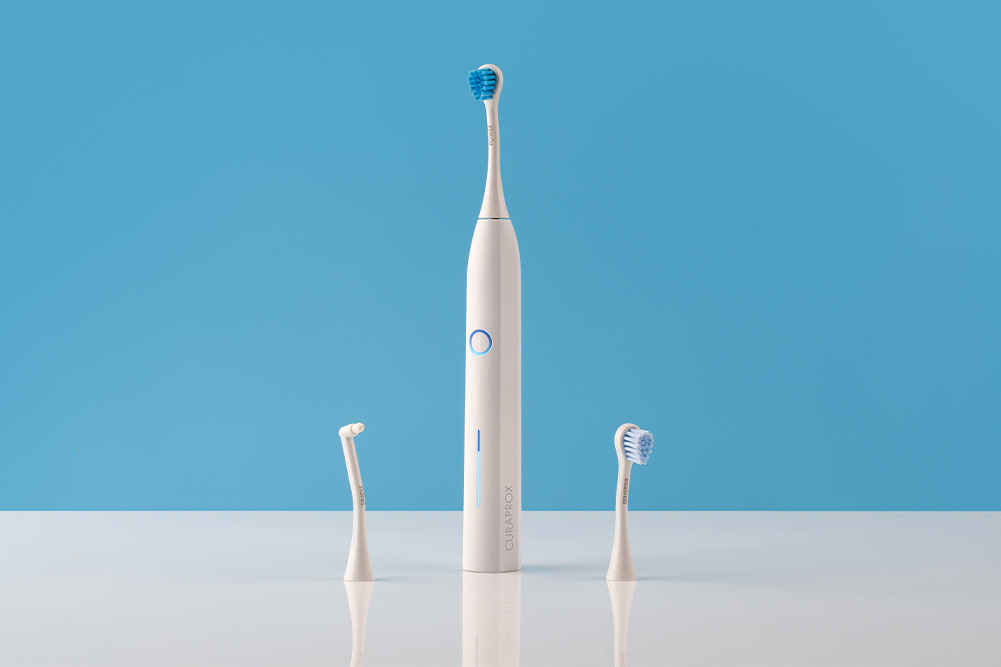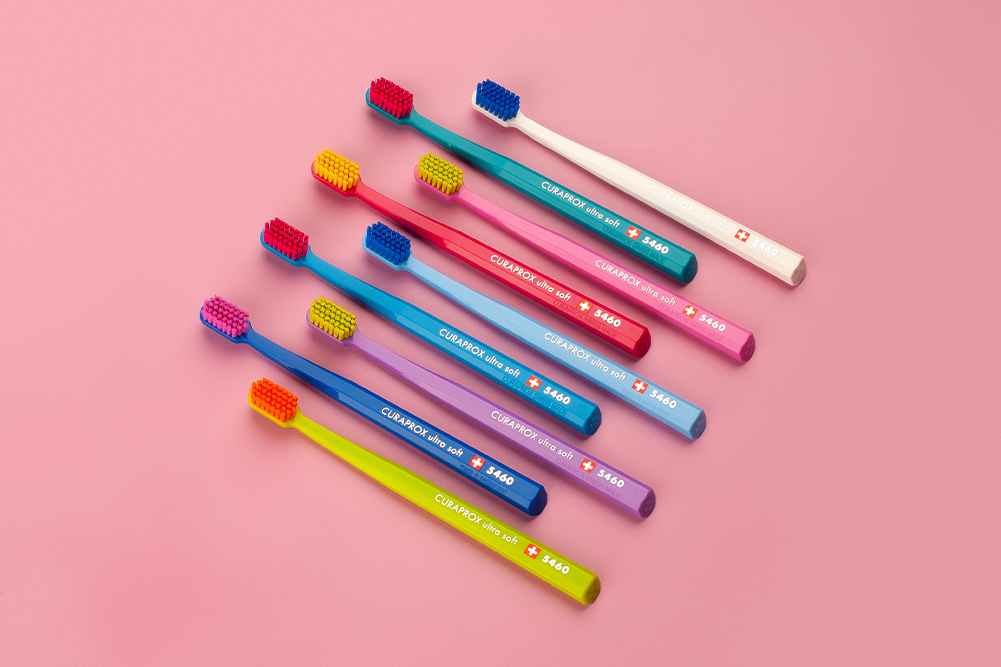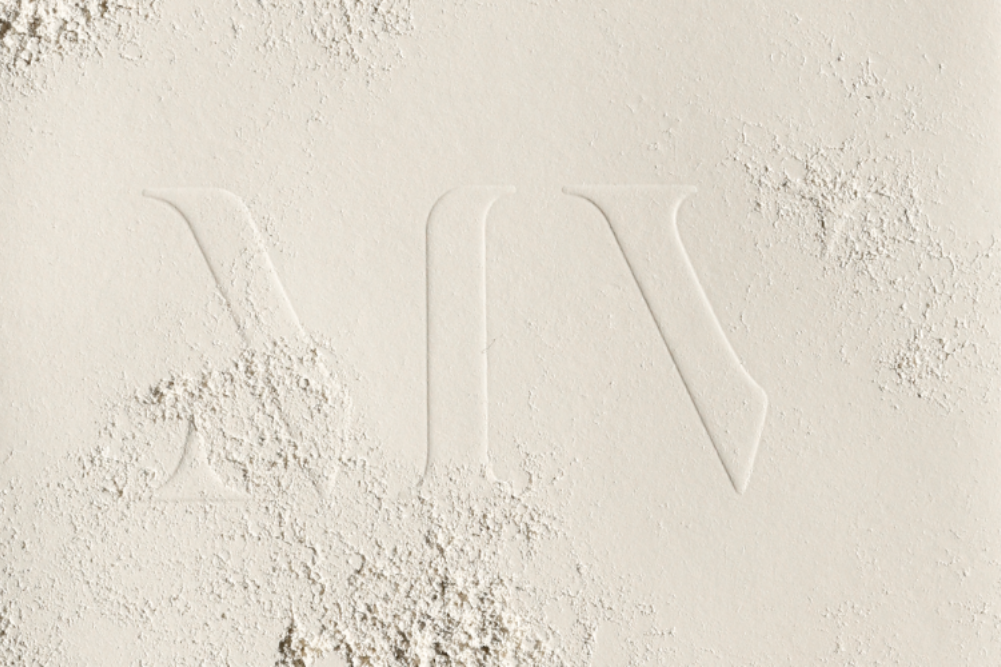4 tips for a non-toxic face
Humans have been using makeup for over 6000 years to enhance their beauty.
Indigenous peoples use ochres ceremoniously to paint their bodies as a sacred form of makeup. The ancient Egyptians used cosmetics made from many benign ingredients, including castor oil, waxes and rose water, but also toxic ones, including lead-based powders and stibnite (antimonite) for kohl to blacken the eyes. Japanese geishas’ sophisticated white powder contained sticky rice, millet and lead or mercury. One source suggested that in pre-industrial times they used bird droppings to remove the toxic makeup.
On theatre stages throughout the centuries, makeup has been used to change actors’ faces and dramatise characteristics to tell a story. There’s been a radical increase in understanding about toxins within theatrical cosmetics since Ancient Greek times, when red and white face paint was made from white lead and mercuric sulphide. Reliance on makeup has changed, too, because of greater understanding about how to use light to enhance visuals.
Modern cosmetics
While they don’t contain frank amounts of mercury or lead, or require bird poo for removal, contemporary cosmetics do present a dizzying toxic maze for the astute consumer. Using 10 or 20 products — which is average for personal-care products — exposes one to more than 200 potentially harmful chemicals each day. Additionally, the environmental impact caused by the manufacture and disposal of these compounds is also greatly concerning.
Harmful compounds found in cosmetic products today fit into three basic toxic effects:
- Cancer-causing (carcinogenic)
- Disruptive to hormones (endocrine disruptors)
- Otherwise unsafe and disruptive to human functioning
Many studies — of breast milk, cord blood, normal blood, urine, sweat and saliva — provide irrefutable evidence of how many of these harmful, foreign compounds are floating through our bodies, and our babies’ bodies. Unlike traditional toxins, endocrine disruptors can have an effect even at the smallest dose.
The skin absorbs things that are placed on it. The tissues of the lips and eyelids are even more sensitive. Pat Thomas in Skin Deep states that scientists suggest 60 per cent of what is put on the skin is absorbed into the body. Once inside the body, all toxic compounds must be broken down by the body’s detoxification processes, to be eliminated safely. Otherwise, they are stored and persist in your body and add to the individual’s “toxic body burden”.
How to navigate for safe cosmetics
In 2004, the independent US organisation, the Environmental Working Group started The Campaign for Safe Cosmetics and has since raised public awareness as well as called manufacturers to greater accountability. Growing awareness about toxins in personal-care products has facilitated a wider array of products that are “toxin free” as well as encouraged a more transparent culture about what ingredients are in products.
The campaign has developed wonderful resources to help you make the right decisions about what you put on your body. It has developed product Red Lists, from blushes to hair colour to sunscreens, that list the toxic ingredients to avoid. They recommend the Think Dirty app, which scans a product’s barcode and grades its safety. EWG has also compiled the Skin Deep database of almost 70,000 products and indicates how safe, or not, they are. These awesome resources work best with US-manufactured products. In Australia, The Chemical Maze by Bill Statham is a tool to understand ingredient toxicity.
What’s next?
- There is still a way to go before non-toxic makeup is the norm. We are still not clear on legal safeguarding of the public, nor having full disclosure of ingredients and being explicit of changes with new product formulations. There are still carcinogenic compounds legally allowed in products. The industry is not regulated to adhere to guidelines.
- Toxins can be found within an ingredient, as an impurity. For example, herbal extracts, coming from herbs grown on toxic soil, may inadvertently then introduce toxic heavy metals into a product. Another reason to buy certified organic.
- Formulations change, so ingredients and their quantities change, too. This means the replacement of your favourite products (that you fully checked out when you bought it the first time) may not actually be the same product. These changes are not necessarily reflected on the label’s ingredient listing.
- Perhaps we are getting closer, though, to a day when we have toxin-free makeup that nourishes us, too. Those made from plants and minerals that we can ceremonially use to tell real stories to the world, and use our inner light to our best advantage.
Top tips
- Nurture your inner beauty first so you naturally radiate your light. Practising compassionate mindfulness, gratitude and yoga, enjoying healthy relationships, eating organic foods, managing stress and so on lead to radiant beauty. Then you need less makeup.
- Simplify your product range. Rather than have a huge makeup collection, have quality essentials.
- Choose small or oxygen-sealed containers that require fewer preservatives.
- Align yourself with brands that care about your health — and that of the planet. In terms of cosmetics, I personally prefer Inika for mineral powder, Dr Hauschka for eyeliner and eyebrow pencils, and Burt’s Bees for lip gloss.

